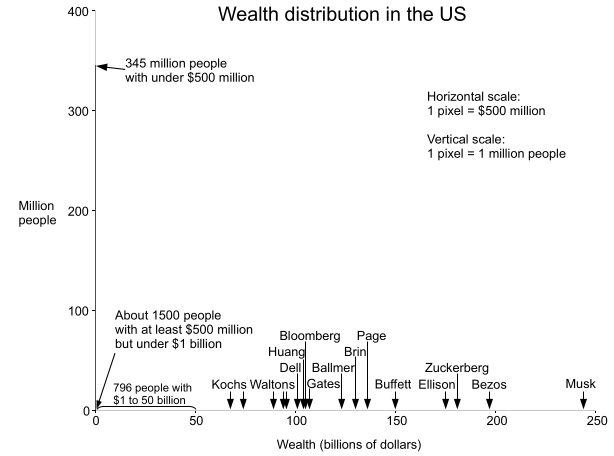Why do people keep writing about the imaginary compound Cr2Gr2Te6?
I was reading the latest issue of the journal Science, and a paper mentioned the compound Cr2Gr2Te6. For a moment, I thought my knowledge of the periodic table was slipping, since I couldn't remember the element Gr. It turns out that Gr was supposed to be Ge, germanium, but that raises two issues. First, shouldn't the peer reviewers and proofreaders at a top journal catch this error? But more curiously, it appears that Cr2Gr2Te6 is a mistake that has been copied around several times.
The Science paper [1] states, "Intrinsic ferromagnetism in these materials was discovered in Cr2Gr2Te6 and CrI3 down to the bilayer and monolayer thickness limit in 2017." I checked the referenced paper [2] and verified that the correct compound is Cr2Ge2Te6, with Ge for germanium.
But in the process, I found more publications that specifically mention the 2017 discovery of intrinsic ferromagnetism in both Cr2Gr2Te6 and CrI3. A 2021 paper in Nanoscale [3] says, "Since the discovery of intrinsic ferromagnetism in atomically thin Cr2Gr2Te6 and CrI3 in 2017, research on two-dimensional (2D) magnetic materials has become a highlighted topic." Then, a 2023 book chaper [4] opens with the abstract: "Since the discovery of intrinsic long-range magnetic order in two-dimensional (2D) layered magnets, e.g., Cr2Gr2Te6 and CrI3 in 2017, [...]"
This illustrates how easy it is for a random phrase to get copied around with nobody checking it. (Earlier, I found a bogus computer definition that has persisted for over 50 years.) To be sure, these could all be independent typos—it's an easy typo to make since Ge and Gr are neighbors on the keyboard and Cr2Gr2 scans better than Cr2Ge2. A few other papers [5, 6, 7] have the same typo, but in different contexts. My bigger concern is that once AI picks up the erroneous formula Cr2Gr2Te6, it will propagate as misinformation forever. I hope that by calling out this error, I can bring an end to it. In any case, if anyone ends up here after a web search, I can at least confirm that there isn't a new element Gr and the real compound is Cr2Ge2Te6, chromium germanium telluride.
References
[1] He, B. et al. (2025) ‘Strain-coupled, crystalline polymer-inorganic interfaces for efficient magnetoelectric sensing’, Science, 389(6760), pp 623-631. (link)
[2] Gong, C. et al. (2017) ‘Discovery of intrinsic ferromagnetism in two-dimensional van der Waals crystals’, Nature, 546(7657), pp. 265–269. (link)
[3] Zhang, S. et al. (2021) ‘Two-dimensional magnetic materials: structures, properties and external controls’, Nanoscale, 13(3), pp. 1398–1424. (link)
[4] Yin, T. (2024) ‘Novel Light-Matter Interactions in 2D Magnets’, in D. Ranjan Sahu (ed.) Modern Permanent Magnets - Fundamentals and Applications. (link)
[5] Zhao, B. et al. (2023) ‘Strong perpendicular anisotropic ferromagnet Fe3GeTe2/graphene van der Waals heterostructure’, Journal of Physics D: Applied Physics, 56(9) 094001. (link)
[6] Ren, H. and Lan, M. (2023) ‘Progress and Prospects in Metallic FexGeTe2 (3≤x≤7) Ferromagnets’, Molecules, 28(21), p. 7244. (link)
[7] Hu, S. et al. (2019) 'Anomalous Hall effect in Cr2Gr2Te6/Pt hybride structure', Taiwan-Japan Joint Workshop on Condensed Matter Physics for Young Researchers, Saga, Japan. (link)

